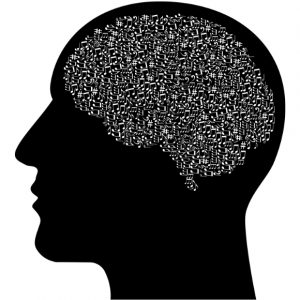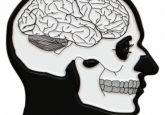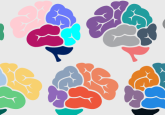At the intersection of neuroscience and music

Elaine Bearer (University of New Mexico, NM, USA) discusses her SfN Neuroscience 2018 (3–7 November, San Diego, CA, USA) highlights and her research group’s current focuses.10908
The first thing that excited me was the brain and music session on Saturday 3 November. I am a composer and a neuroscientist myself. It was therefore exciting to see that the neuroscience community is finally paying attention to how music affects the brain.
The session I just chaired was also really exciting; it was about techniques to image the brain non-invasively in living organisms to study how experience affects the brain. Obviously if you’re taking a music appreciation perspective on that, then you want to know how music can shape or influence the brain. There are kinds of techniques we could use for that; infra-red, focussed ultrasound, transcranial magnetic stimulation approaches and so on.
In terms of my research group, we have been working for about 15 years trying to image the whole brain using magnetic resonance imaging (MRI). We started tracing circuits using magnetic resonance contrast agents injected into a specialized area and then watching where that area connects.
What was really exciting was that we developed computational analysis processes that allowed us to, in an unbiased voxel-wise whole-brain way, look at connections in living animals. We’ve done that for two systems: the hippocampal projections to the basal forebrain that are known to be involved in memory consolidation, and for the forebrain into the limbic system that is known to be involved in decision making. We’ve mapped those circuits in high field MRI in mouse models and we’ve done a lot of transgenic work to see what effects those circuits have and experiments to see if we can manipulate the circuits with experience.
At SfN, my post doc did a talk on how an acute fear evolves into post-traumatic stress, anxiety and a sense of threat persisting even when the actual threat is gone. We’ve got down to the idea that the monoamine neuro-modulatory systems are intimately involved in that dynamic. We’ve been using transgenic mice that have various perturbations of the monoaminergic systems to study how they can either resolve fear or progress to anxiety.
For the first time, we’re showing the progression of an acute fear event to a post-traumatic stress brain activity, correlating the brain with behaviour, and it’s very exciting. Bringing this back to the music theme, Alfred Hitchcock knew how to do it, using music to enhance the fear sensation.





